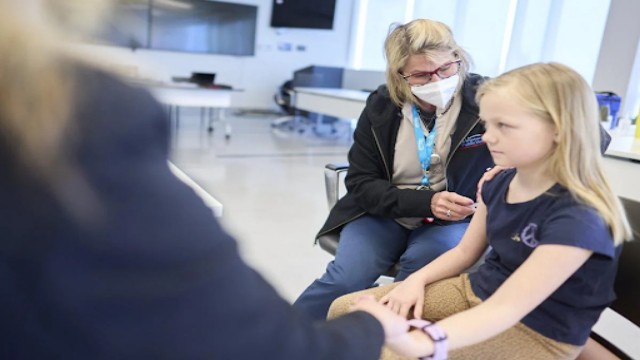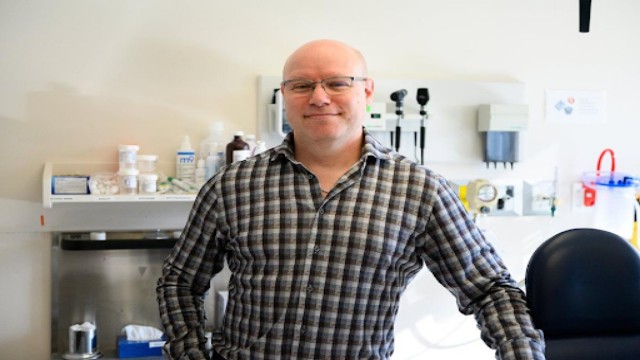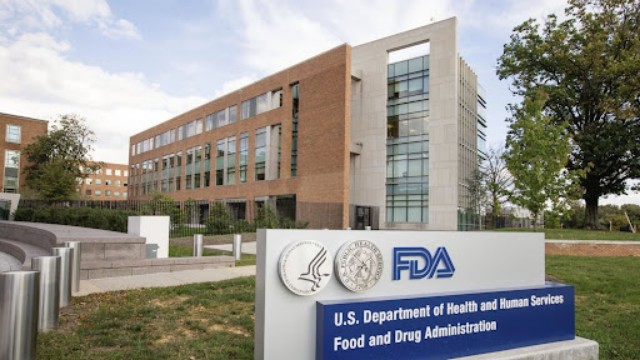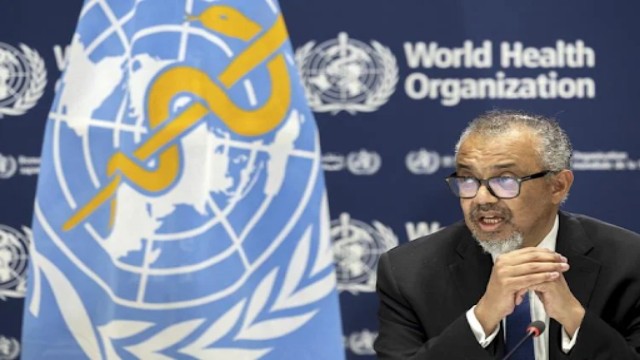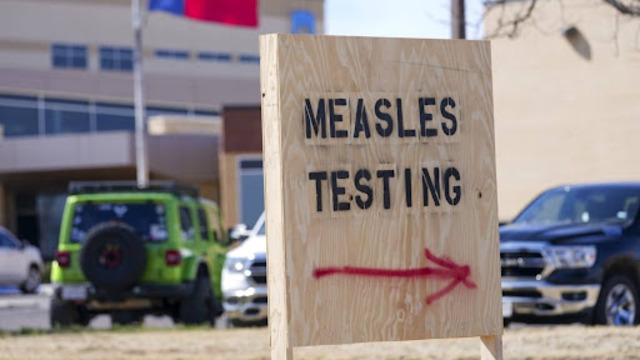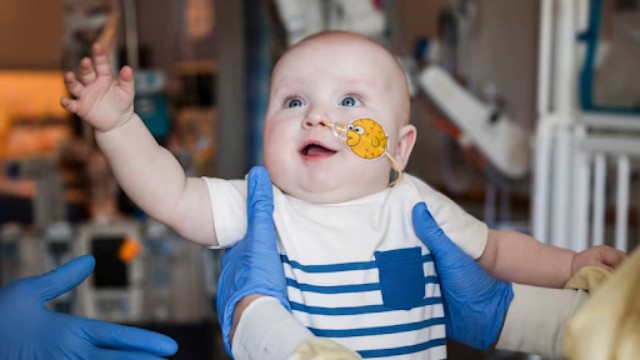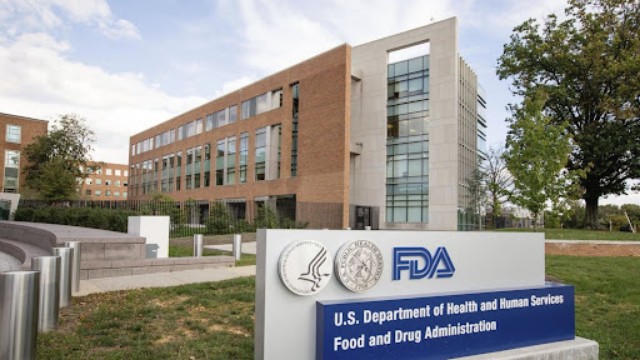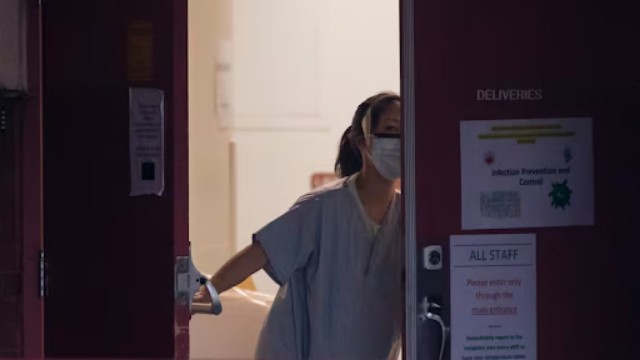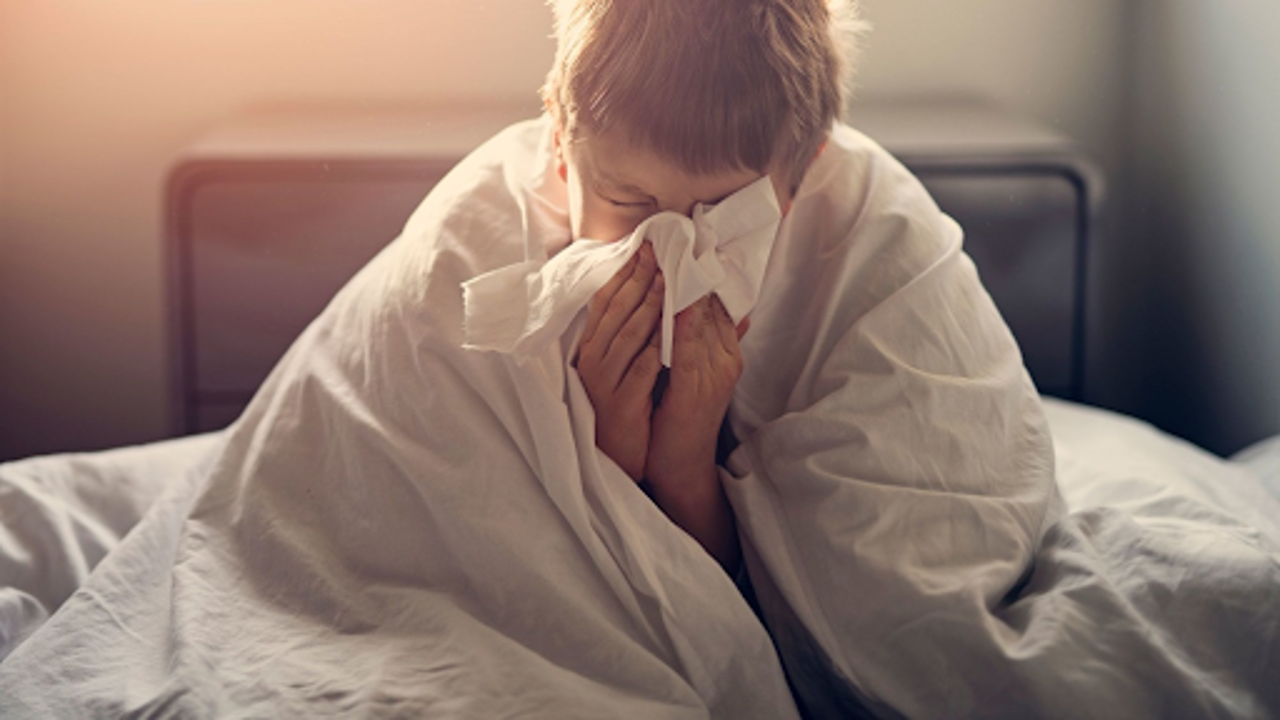
Walking pneumonia is joining whooping cough and RSV on the list of lung infections making children sick this fall. (Imgorthand / E+ / Getty Images via CTV News)
This year, U.S. doctors are seeing a surge in "walking pneumonia" cases among children, often resulting in prolonged coughs that require alternative treatments, say infectious disease experts.
Dr. Buddy Creech, a pediatric specialist at Vanderbilt University Medical Center, noticed the uptick in early summer. By August, four pediatricians in Nashville were seeking his advice after noticing that typical antibiotics for pneumonia, like amoxicillin, weren’t effective for these persistent coughs. The illness, caused by Mycoplasma pneumoniae bacteria, has seen a marked rise, particularly in preschool-aged children, according to the Centers for Disease Control and Prevention (CDC), which recently issued an alert to doctors and parents.
Adding to a challenging fall for respiratory illnesses, Mycoplasma pneumonia joins rising cases of whooping cough, which causes similar prolonged coughing, and respiratory syncytial virus (RSV) in parts of the country.
Previously, Mycoplasma pneumoniae was hard to diagnose because it doesn’t grow well in standard lab tests. However, improved diagnostic tools are making detection faster, aiding more accurate diagnoses amidst the array of germs causing coughs this season. Dr. Creech stresses that these new diagnostic methods are critical in helping doctors select the right treatment.
This trend is especially important, the CDC notes, because common antibiotics like amoxicillin and penicillin don’t combat Mycoplasma bacteria. Instead, alternative antibiotics like azithromycin are usually effective. From April to early October this year, the rate of Mycoplasma-positive pneumonia in children ages two to four rose from 1% to 7.2% in emergency room cases—a sevenfold increase. Older children also saw a rise in cases, from 3.6% to 7.4%.
Although the CDC believes Mycoplasma cases may have peaked in mid-August, they remain elevated and may persist into the fall. On X-rays, Mycoplasma pneumonia can give the lungs a “white lung” or cloudy appearance.
This spike may be due to several factors, explains Dr. Geoffrey Weinberg, a pediatric infectious disease expert at the University of Rochester Medical Center. He suggests that Mycoplasma cases are returning to pre-COVID levels, adding that many infections tend to follow cycles with periodic spikes every three to seven years. Better diagnostic testing also likely accounts for some of the rise.
Mycoplasma pneumonia spreads through respiratory droplets, so it easily circulates in close settings like schools. Symptoms often start mildly, with a headache, sore throat, low fever, and dry cough that gradually worsens. Although most children and young adults recover without treatment, the infection can worsen underlying conditions like asthma or, in rare cases, affect other parts of the body, including the brain and nervous system.


